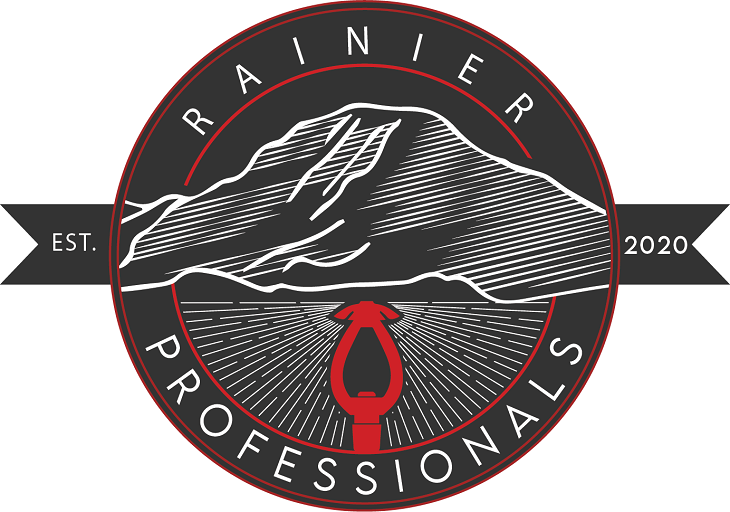Inspection Testing & Maintenance
Inspection, Testing, and Maintenance are of the utmost importance when working with fire sprinkler systems. As with any critical safety device, a fire sprinkler system must be professionally inspected at regular intervals to ensure that it will operate as designed. All types of fire sprinkler systems are an integral part of every building safety plan. Therefore, when your system is due for Inspection, Testing, and Maintenance, Rainier Professionals will be there for you with experienced, licensed Inspectors. Our technicians will ensure that scheduling, communication, and work performed will be done in a professional and timely manner.
At Rainier Professionals, we take pride in protecting your future.
Need Testing? Get a free estimate.
Annual Testing
Fire Protection systems need to be tested annually to verify that they operate as designed. We are a one-stop-shop for all Inspection, Testing, & Maintenance needs.
- Alarm Valve Type Systems
- Wet Type Systems
- Dry Type Systems
- Pre Action Type Systems
- Deluge Type Systems
- Electric Fire Pumps
- Diesel Fire Pumps
- Class 1, 2, 3 Stand Pipe Systems
- Antifreeze Type Systems
- Pressure Reducing Valves
- Hose Storage Devices
- Hose Connection & Hose Nozzles
- Fire Hydrants
- Water Storage Tanks
- Water Mist Systems
5 Year Internal Pipe Exam
Internal pipes can become corroded and/or clogged from foreign debris. Every five years we recommend that the fire protection system is clean, clear, & ready to operate when needed. The following are included in an internal pipe exam.
- Fire Sprinkler Piping
- Fire Department Connection Check-Valve
- Alarm/Dry Valves
- Strainers & Orifices
- MIC Sample Testing
- Corrosion Monitoring
Sprinkler Head Sample Testing
Sprinkler heads can become restricted to limited flow or even blocked. Sample testing usually consists of 1% or 4 Heads (whichever is greater) and can vary in frequency depending on the types of sprinkler heads used. Sample testing range in intervals of 5 to 75 years, depending on the condition of the environment. All samples are sent to UL Laboratories for testing and validation of designated safety standards.
